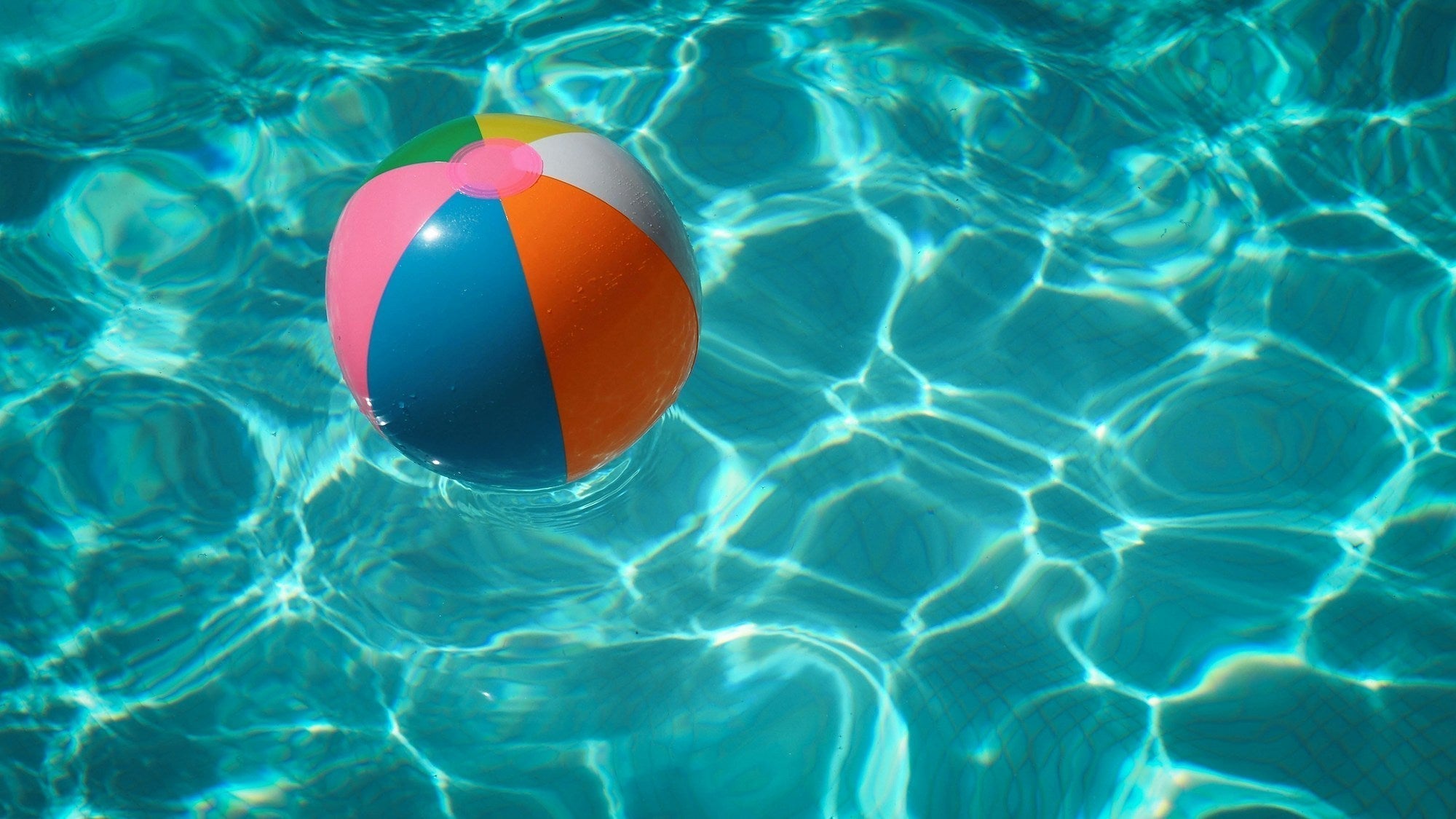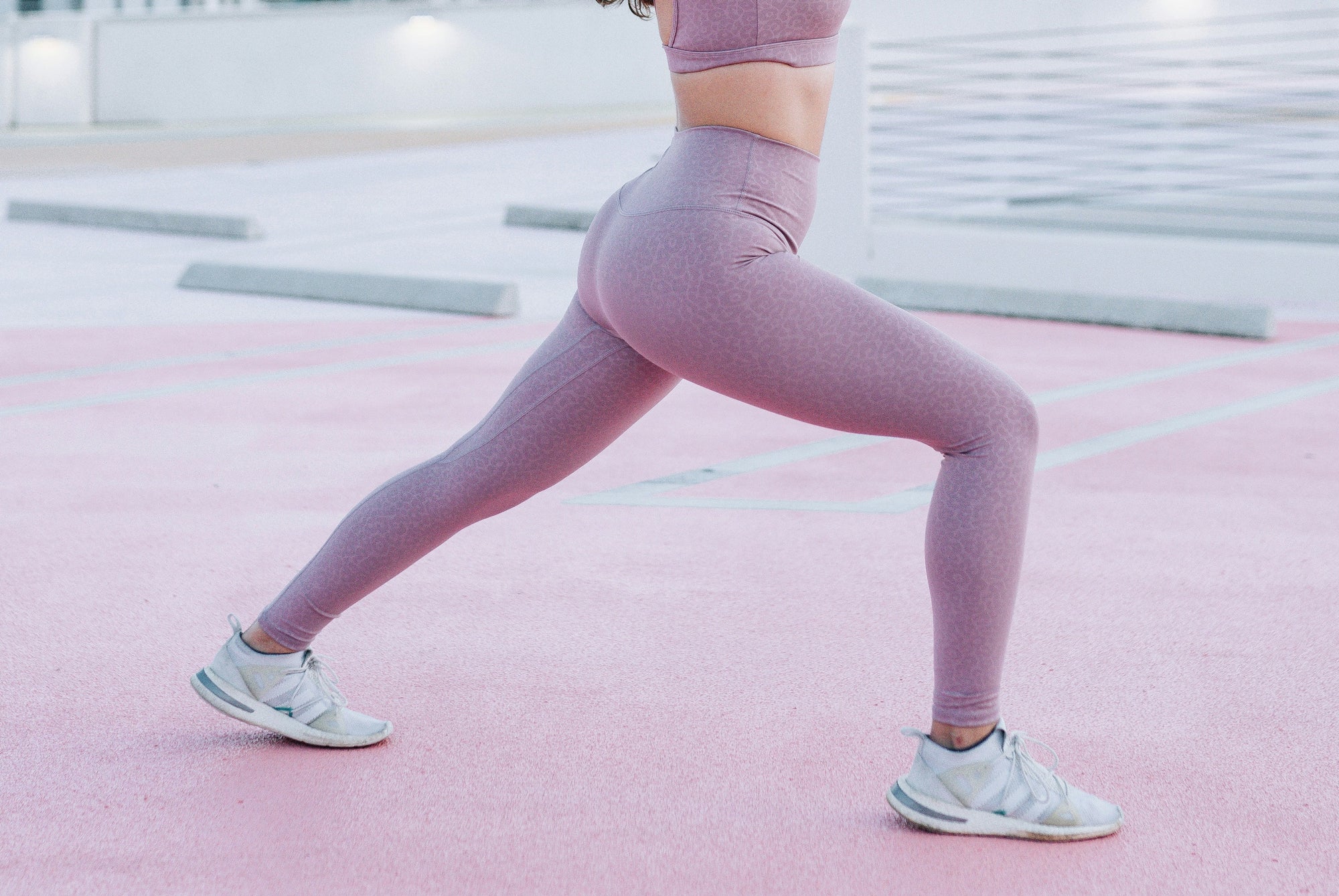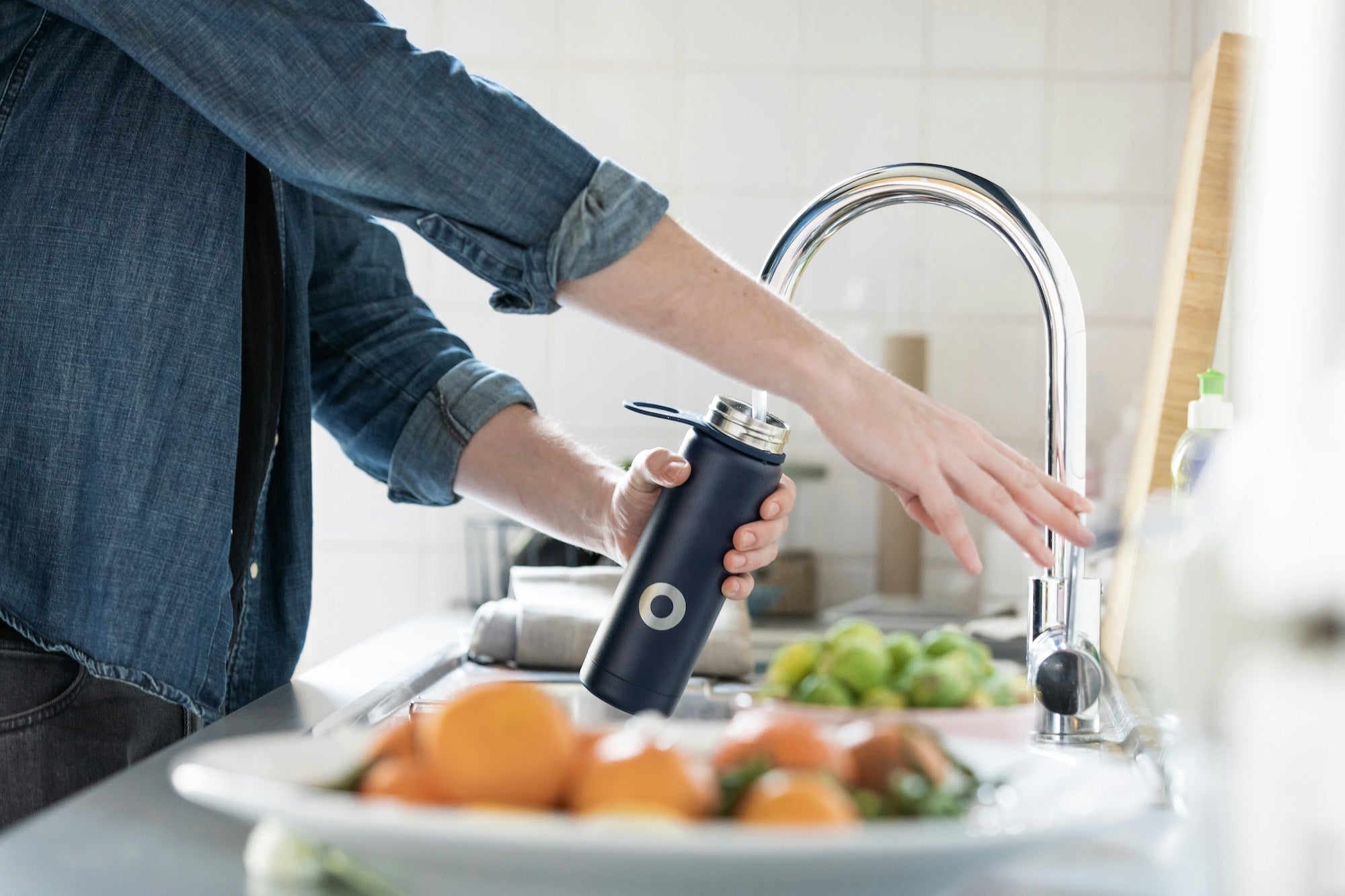
It’s always a good time to take some steps towards a less toxic, chemical free home. A healthy home enables us to use our energy for rejuvenation and healing instead of detoxifying chemicals.
Don’t worry - we’re not here to make you sweat about every product you use in your home because that’s completely overwhelming. Instead, we’ve put together a list of some of the most prevalent toxic chemicals most easily avoided (just by knowing what to look for on the label) in order to make the biggest impact on yours and your family’s “toxic load”.
We’d like to encourage you to look at the products you are using at home – home care, cleaning, skin care or otherwise – and see if any of these chemicals are lurking in your home and how to avoid them!
We hope you’ll join us in ditching these harmful chemicals.
Fragrance
The terms “fragrance” or “parfum” on a product's ingredient list could mean anything. This is typically where phthalates and parabens are hidden from consumers. A 2010 study by Breast Cancer Prevention Partners looked at 17 fragrances and found they contained an average of four hormone-disrupting ingredients each, including synthetic musks and diethyl phthalate.
Fragrances are considered trade secrets, meaning that manufacturers aren’t required to disclose the potentially hundreds of ingredients hiding behind the one word “fragrance”.
Phthalates
These chemicals act as binding agents and also make plastics flexible. They’re used in everything from household cleaners to food packaging to fragrance, cosmetics, candles and personal-care products. They are also typically in fragrances to make them last longer, so there is yet another reason to avoid artificial fragrances!
In the past few years, researchers have linked phthalates to a wide ranging list of negative health issues. While phthalates is a huge class of chemicals, to spot them on an ingredient list look for ingredients that end in “phthalate”, for example: butyl benzyl phthalate (BBzP), dibutyl phthalate (DnBP), di-2-ethylhexyl phthalate (DEHP), diethyl phthalate (DEP)…and so on.
Sodium Lauryl Sulfate (SLS) and Sodium Laureth Sulfate (SLES)
These are in lots of personal care and cleaning products because they are synthetic soaps that help create the sudsy/foamy appearance that we associate with cleaning power. Sodium lauryl sulfate has been linked to skin & eye irritation, organ toxicity, reproductive toxicity, neurotoxicity, endocrine disruption & ecotoxicology. The manufacturing of these also leads to a toxic & carcinogenic by-product called 1,4 dioxane.
Parabens
Parabens are used as a preservative in makeup, lotion, shampoos and hair care products, shaving creams, toothpaste, tanning products and some deodorants. They are linked to a multitude of health risks including endocrine disruption, reproductive toxicity, neurotoxicity and skin irritation, and they are also a carcinogen.
We can avoid them by looking for the word “paraben” at the end of the words in the ingredients, such as methylparaben and propylparaben.
Artificial Dyes
Dyes that make a product look innocently blue, yellow, orange, green aren’t doing anything other than attempting to give you the perception that the product is effective. Did you know, for example, that the reason most conventional glass cleaners on the market are blue is that, during the 1960s, Windex's original recipe used a translucent blue dye to help it stand out from the pack. In response to this product's popularity, many customers began associating the color of light blue spray with glass cleaners.
They don’t actually make the performance of the product any better, and in fact introduce significant health risks. It takes up to 25 synthetic chemicals to make 1 artificial dye, and artificial dyes are made from coal tar and can contain arsenic and lead.
BPA & BPS
Hopefully you know by now that BPA has no place in a low-tox home! The synthetic hormone BPA can trick the body into thinking it’s the hormone estrogen, and has been linked to everything from breast and others cancers to reproductive problems, obesity, early puberty and heart disease. It’s found in plastic bottles, plastic food storage, and canned food, just to name a few.
In response, manufacturers have introduced “BPA-free” products made with substitute chemicals: Bisphenol S (BPS). However, BPS may not be safer than BPA. Studies have found that BPS is as hormonally active as BPA and, like BPA, it interferes with the endocrine (hormone) system in ways that may produce harmful effects, such as obesity, cancer and neurological disorders.
Triclosan
This one has started being removed from some products but it’s still worth a mention. Triclosan is a synthetic pesticide with a bad reputation as a carcinogen & hormone disruptor. This is a germ-killing active ingredient in many antibacterial products. Triclosan is found in many soaps and sanitizers, and it often shows up in many other products too. In the US, Triclosan was banned from soaps because of concern that it is neither safe nor effective.The good news is that it’s typically listed on labels so that you can avoid it.
Flame Retardants
These chemicals can imitate thyroid hormones in our bodies and disrupt their activity. Sadly they are in many household products and may not be easily avoided - research shows that they escape from electronics, couches, and baby products and collect in our household dust. So it's almost impossible to avoid them completely, but one way to reduce exposure is to dust often with a damp cloth to capture particles of dust instead of blowing them around the house, and of course to avoid buying furniture or other products that have been treated with flame retardants.







